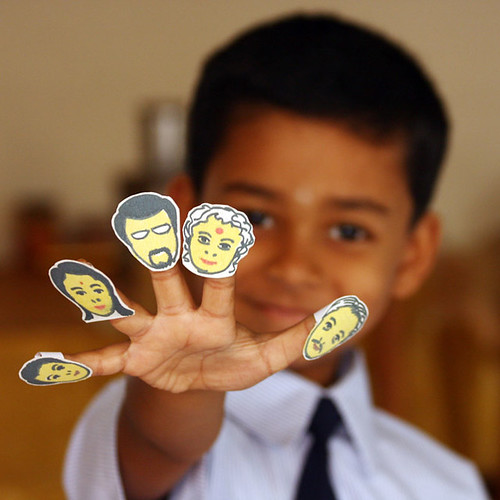This article is written by a member of our expert blogging community.
As the Summer Olympics came and went, I found myself reflecting on the events. Athletes from all over the world come together to compete in a variety of sporting events. The Olympics provides you with the opportunity to watch a plethora of talented and gifted athletes compete in a sport that they have spent thousands of hours practicing. What you don’t see is the archer trying to swim, or the basketball player on the balance beam, or the sprinter running the marathon. In other words, you have athletes focusing on the assets they have and then using those assets to build success. Have you ever wondered why we don’t do that more often in “regular” life? Often times it seems that folks identify our strengths and then our weaknesses and then go to work on helping us shore up our weaknesses, leaving our natural assets under-developed.
This is often true of our work with youth. We have the attitude that these young people must work on the weaknesses. What if we embraced a youth development perspective found in the 40 Developmental Assets? Let’s build on the assets and strengths of the young people in our program. Let’s embrace the diversity that they bring and value each and every contribution. While being aware of the challenges, let’s focus on the assets. Let’s build on success!
In afterschool programs, you meet parents most every evening. Let them know you value and appreciate them. While it takes more effort to connect with the parents of middle school and high school students, you can do this and in doing so, strengthen the opportunity for youth and families to appreciate one another.
How are you working with families to support student success? What are your best practices to promote family engagement? Comment below and share your thoughts!
Photo via (cc) Flickr user vbsuresh
Video by The Queen City Project in partnership with Strive Together and KnowledgeWorks
How are you working with families to support student success? What are your best practices to promote family engagement? Comment below and share your thoughts!
Photo via (cc) Flickr user vbsuresh
Video by The Queen City Project in partnership with Strive Together and KnowledgeWorks
